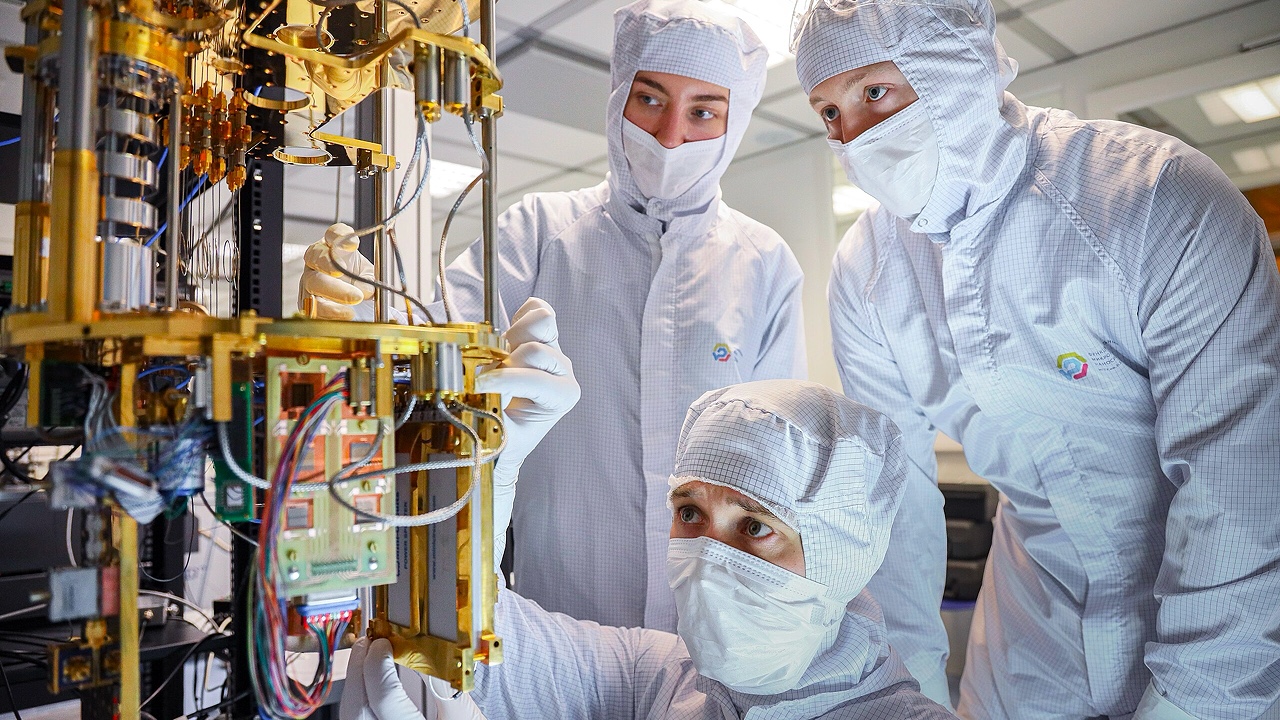
Quantum computers are incredible, but they come with a big challenge: keeping errors under control. At the heart of the issue is the qubit—the quantum version of a bit. While qubits are key to quantum computing’s potential, they’re also notoriously finicky, often producing errors that limit their reliability.
Now, researchers at the University of Sydney have unveiled a new 2D error-correction system that could make quantum computers much more efficient. By spotting and fixing errors using fewer qubits, this new architecture has the potential to make quantum technology both more compact and reliable. That’s great news for anyone dreaming of a future where quantum computers are part of our everyday lives. (Source: University of Sydney)
Why Qubits Are So Tricky
Qubits are the foundation of quantum computing. They work in a superposition state, meaning they can be both 1 and 0 at the same time. This unique property allows quantum computers to perform calculations that would be impossible for classical computers. But keeping qubits in this delicate state isn’t easy.
To function, qubits need extreme conditions, like temperatures close to absolute zero and isolation from electromagnetic interference. Even minor disturbances—like slight temperature changes—can introduce “noise” that disrupts the qubit’s state, causing errors. When this happens, the qubit behaves more like a classical bit, losing its quantum magic.
Errors happen a lot. By some estimates, a qubit produces one error every 1,000 operations. That might sound manageable, but for quantum computing to reach its full potential, error rates need to drop to something like one in a trillion. (Source: IEEE Spectrum) This is where error correction comes in, and the new solution from the University of Sydney could be a game-changer.
A New Era for Error Correction
The team at the University of Sydney Nano Institute has designed a system that uses fewer qubits to suppress more errors, paving the way for better quantum information storage. Their work, published in Nature Communications, is a step closer to realizing a long-awaited quantum hard drive. (Source: Nature Communications)
“One of the biggest challenges in building a universal quantum computer is that most of the qubits are used just to handle errors,” said Dominic Williamson, co-author of the study. “Our new quantum architecture will need fewer qubits for error correction, leaving more available for actual computing tasks.”
Traditional error correction focuses on a single line of qubits, but this new system operates in two dimensions within a 3D structure. By using a lattice-based approach, the architecture can detect and correct errors more effectively, allowing for greater efficiency and scalability. (Source: HPCwire)
What This Means for the Future
While this breakthrough is still in the lab stage, it’s a promising development. If researchers can scale this technology, it could revolutionize how quantum computers are built and used. From cryptography to modeling complex quantum systems, the possibilities are endless.
As Stephen Bartlett, director of the University of Sydney Nano Institute, put it, “This advancement could make quantum computers more practical and accessible, opening the door to applications we can only imagine today.”
Of course, there’s still work to be done before this becomes a reality. But every step forward—like this one—brings us closer to unlocking the full potential of quantum computing.